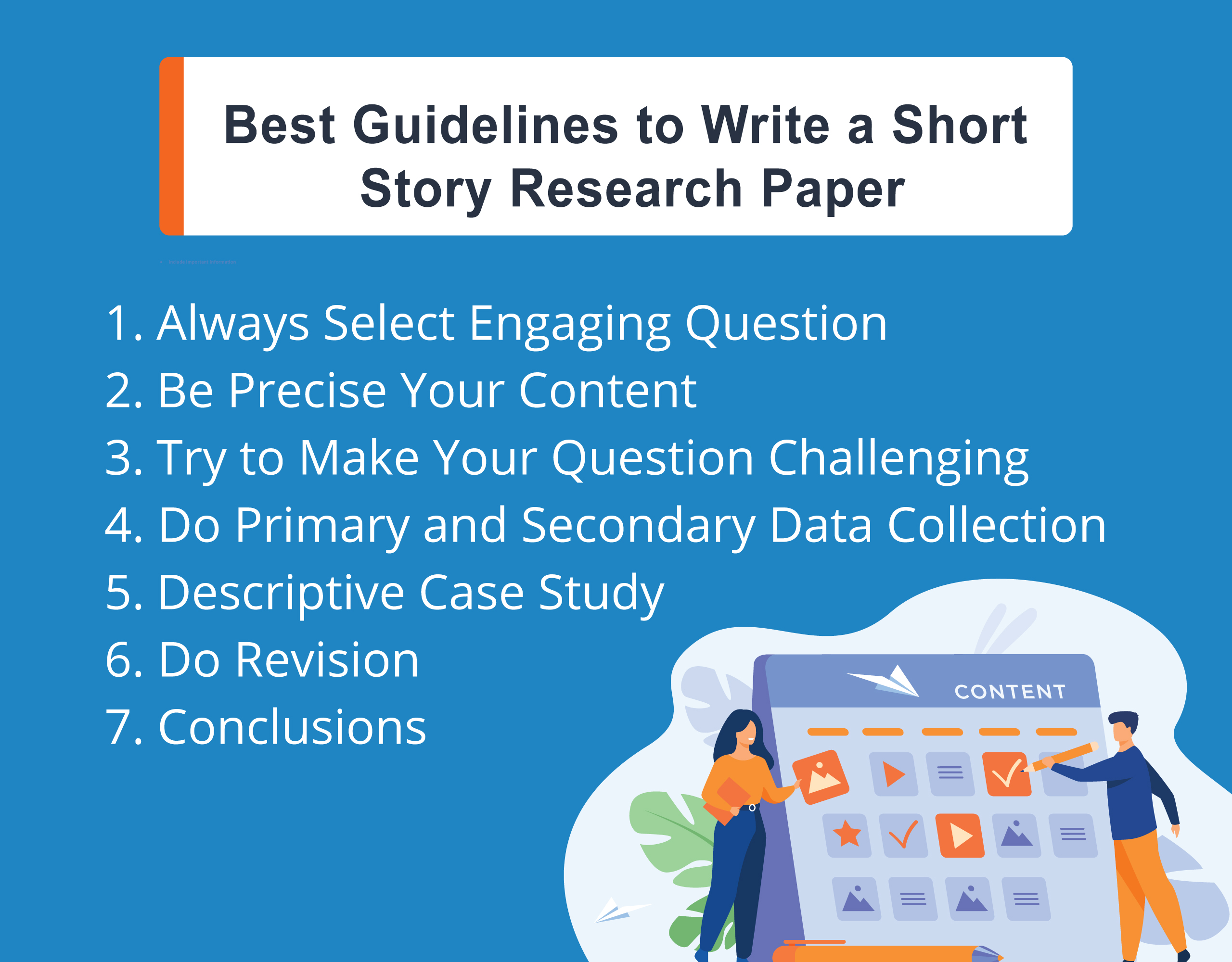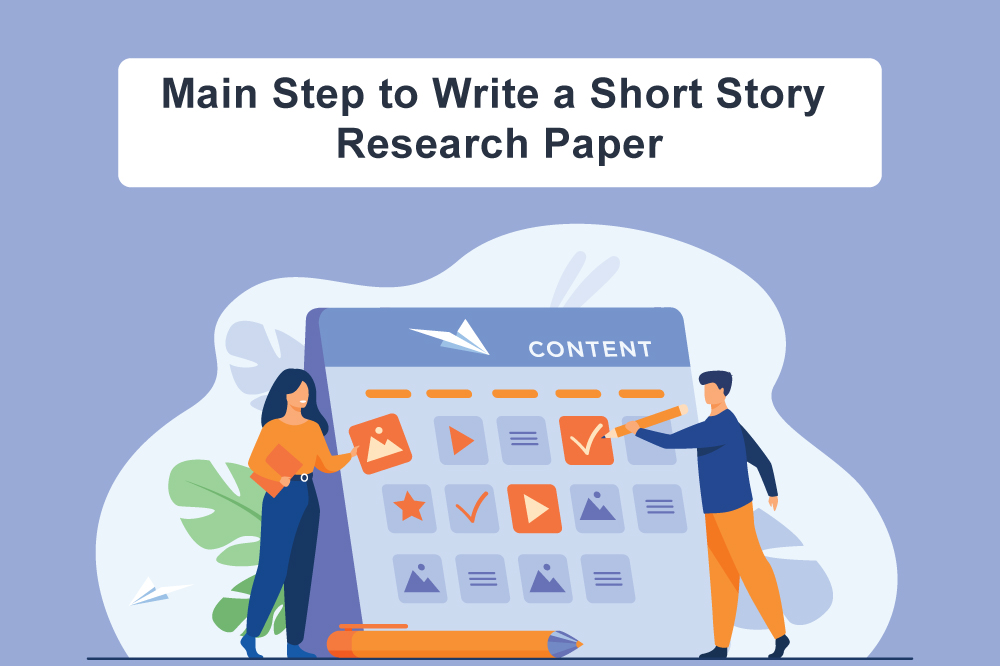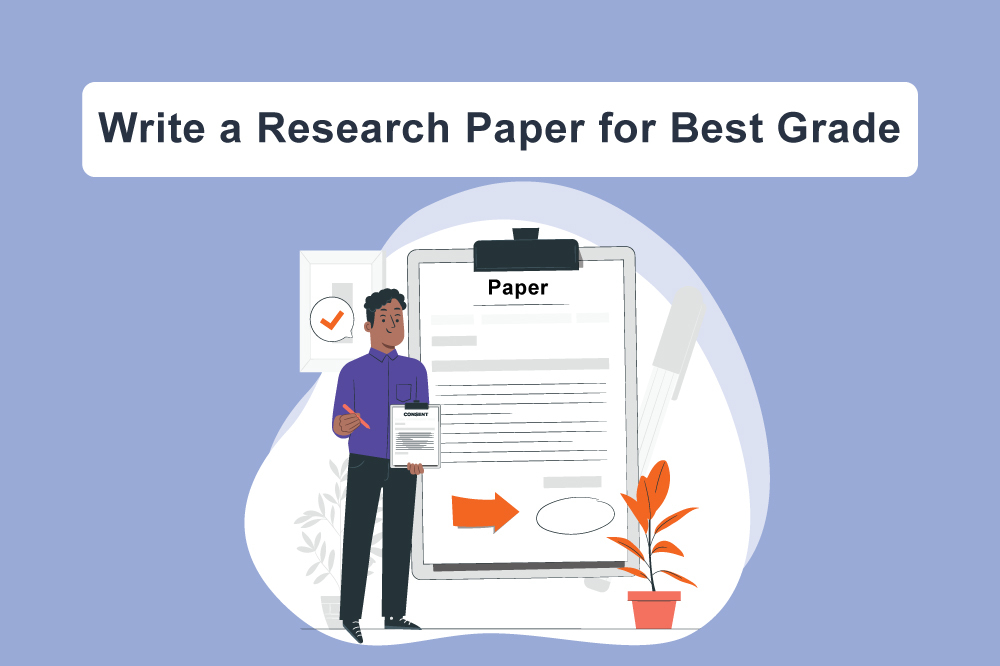What Exactly Is A Story?
Our capacity for feeling and our ability to remember are both enhanced by the telling of stories, which are essentially built into our brains. But what is a story exactly? The more people you ask for definitions, the more you will obtain. The basic format of the majority of Hollywood dramas consists of one main character living her life until she meets a predicament. There will be ups and downs, culminating in a large event such as a fight or a party. The action begins when she seeks to resolve the issue. Things are ultimately resolved in some fashion. We observe how our protagonist’s life has changed as a result of the novel’s events.

Whether you are writing a research paper for a high school or college-level class, the process of researching a short story is generally the same, although a college instructor will likely want additional information. Before investigating the short story, thoroughly read it and make any necessary notes. Creating your research paper allows you to have a deeper understanding of the short story and share your discoveries with the reader.
Read any handouts or notes you’ve prepared on the particular requirements for the next research paper. Pay particular attention to the required word/page count and the type of works mentioned page in terms of both structure and quantity of sources. Additionally, you should keep track of whether your instructor requires a specified number of primary sources in addition to secondary sources. Determine which, if any, of your sources may be located online.
- Find a quiet place to read and reread the required short story. Take notes carefully as you read.
- Seek comments about the story you want to create. You should find a number of reviews on the subject at your institution’s library or at your community’s public library. Although various short story assessments are available online, be sure that any web resource you use to compose your research report is credible. In general, academic sources are reputable. Reference libraries that provide access to sources are useful while conducting research; however, you may need a university ID number to access these online resources.
- Examine the testimonials in detail. Occasionally, annotations appear beneath the actual text when an authority provides definitions and explanations of what a certain word or paragraph means. In general, a scholar of the author and the work will read the text from a broader perspective, drawing judgments about where the author drew inspiration from other writers’ works or in creating a particular character or the narrative’s main theme.
- Write your paper using the sources you’ve selected to support the assertions you intend to make in your research report. Utilize your own notes to recall what you observed while reading the tale.
If you have just been told that you need to write a research paper and are feeling apprehensive, we are confident that the following strategies will assist you. First and foremost, whether you are searching for or attempting to comprehend a topic, consult to your professor. Do not be concerned! You constantly undertake research. Consider the most recent time you made a significant purchase, selected a school, or went to the movies. You may have conversed with pals, read product or movie reviews, visited a college campus, or test-driven a car. Academic research is comparable; however, procedures and sources may vary.
A Guide to Writing a Short Story Research Paper
·       Select an Engaging Question
Your instructor or professor will either allow you to select your own topic, provide you with a selection of topics to pick from or assign you one. In any case, select a topic or component of your topic that you find interesting. Approach your studies with a critical frame of mind. Critical does not mean “finding defects,” but rather a perceptive and discriminating attitude.
·       Be precise
Construct your question to extract information on the “who, what, where, why, and how” of your problem. Too general subjects should be avoided. An expansive topic will make it tough to limit your research. Consider your research question to be both an anchor and an umbrella: your “who” and “how” questions are your anchor, and it’s up to you to keep everything in control under the protection of your research umbrella.
·       Pay Close Attention to Your Thesis Statement
How has global warming harmed the earth is an example of a too-broad thesis statement. How has global warming impacted marine life in the Pacific Ocean? This is an example of a debatable thesis statement.
·       Make Your Question Challenging
Along with a specific question, your topic should be engaging enough to hold the reader’s interest. Individuals will only be compelled to continue reading if simply a yes or no response is required.
·       Primary and Secondary Data Collection
Begin your search for information that can assist you in answering your question. A research paper may need the utilization of both primary and secondary materials. Primary research requires working with genuine materials or obtaining data in the field. Secondary research is finding out what others have found out about a topic.
·       Support Your Question with a Choice of Sources
Secondary research materials can be acquired in a number of different methods. Utilize the databases within the library. Consider newspapers and periodicals. Visit websites with caution; be certain they are trustworthy. If the domain ends in “.org,” “.gov,” or “.edu,” this is a good (but not foolproof) indicator.
·       Conduct Refined Keyword Research
Although search engines vary, the following guidelines apply to the majority of them.
·       Take Notes While Reading
Using note cards to record pertinent quotations and paraphrases is an excellent method for organizing your thoughts. Make a note of the source’s title, author, and page number to avoid future citation problems!
·       Create a Draft
Create an outline and begin writing your first draught of the paper. The use of an outline might help you keep everything “under the umbrella.” Consider your introduction, the arguments you will make, the sequence in which you will make them, and your planned conclusion. Create a preliminary draught. Before beginning a rewrite, you should set the document aside for at least twenty-four hours and have someone else review it.
·       Finish With the Final Revision
Rewrite your paper in light of your reflection and comments. Remember to proofread carefully for spelling and punctuation errors. Check the correctness of your Works Cited (or References) page as well.
Purpose of Story Research Paper
Consequently, what is the objective of a story research paper? This style of paper is meant to demonstrate the researcher’s capacity to comprehend, analyze, and interpret the subject matter. Here are some recommendations on how to begin preparing and writing an outstanding research paper on a story.
How to Write a Research Paper on a Story
1.    Read the Book Twice
Read the book attentively and have a dictionary and a notebook on hand, if required. Only take notes when something captures your attention or merits highlighting. Remember to record each note’s page number. Try to rest in between readings and record your initial impressions of the book when you’ve completed it. It might be useful in the future.
2.    Choose the Subjects You Will Emphasize In Your Paper
Ensure that your research piece concentrates on certain subjects. For instance, you may opt to emphasize the book’s characters or the plot’s content. This will make outlining your thoughts and writing your research report much simpler.
3.    Plan the Structure of Your Paper
It typically consists of an introductory paragraph, a body that highlights the book’s themes, and a conclusion that summarizes the last issues. Consider extending the main body to many paragraphs or chapters.
4.    Consider the Main Points of Each Paragraph
Before writing, choose a statement for each paragraph that emphasizes the key ideas and shows the approach you will emphasize in your own research paper.
In addition, include any citations or references you desire to emphasize while building paragraphs. Utilize headers and subheadings to simplify your work. Remember that these notes are intended just for your personal use, and organize your thoughts accordingly.
Now that we’ve discussed how to write a story-based research paper let’s examine the structure of your paper.
·       Introduction
The first paragraph explains the book and the major topics you uncovered throughout your research. In addition to a summary of the storyline and an introduction to the main characters, the introduction of a research paper should also include a brief synopsis of the plot and an overview of the main characters. In this section, you should introduce both your research topic and the essential concept of history.
·       The Report’s Primary Content
Make this the first paragraph in which you illustrate your thesis by focusing on one aspect or theme of the story. To illustrate the most crucial components of the story in relation to your plot, you may describe specific situations or include direct quotations. Include any relevant research you’ve conducted about the author, historical era, or gender to bolster your arguments.
Draw the major characters in the story and explain their origins and characteristics. Describe in a few sentences the tension that exists at the beginning of the tale. Discuss the character’s journey and the resolution of the dilemma. Focus on the significant events that shaped the story’s conclusion with little specifics. Consider any lessons or realizations the protagonist learned toward the end of the narrative.
·       Conclusions
Your book report should conclude with a summary of how your thorough method pertains to the entire plot. Three or four phrases that link the relevance of your detailed method to the overarching tale, conflict, and character stance should conclude your paper. Due to the fact that the broad viewpoint frequently involves analysis and critique, conclude the paper with a concluding statement that indicates what you gained from reading the book or a conclusive statement that reveals your ultimate opinion on the idea examined.
Bring the overview of the book to a close by discussing the conclusion and offering your comments or ideas about the text. You must demonstrate comprehension of the author’s message in three to five sentences. To explain the value of the book to you, describe a relationship between it and your personal experiences. The conclusion also affords you the chance to write a succinct evaluation of the book, indicating why you liked or hated it.
·       Go Over Your Paper Again
After you have completed your research paper, you should proofread it. Take a break and delegate your task to someone else. People who are reading the work for the first time typically discover errors that the authors should have made.
When asking a friend to critique your work, the question about his own impressions of the content. Ask direct inquiries and expect direct responses. Inquire as to whether the buddy liked or hated the work, whether reading the paper inspired them to read the book, whether the writing was flowing, etc.
The Bottom Line
We hope our suggestions were helpful. Internet searches for terms such as “how to write a good research paper on a book” might complement your understanding of writing a research paper on a story or a book.
Frequently Asked Questions
- How to write a short paper research?
The format of a normal five-paragraph short paper is as follows: introduction (1 paragraph), thesis, major body (3 paragraphs), and conclusion (1 paragraph). This allows your work to be more extensively organised and simpler to understand. Even if you’re writing a brief essay, first impressions are important.
- What should a short research paper include?
Typically, a complete APA-style research paper describing an experimental study would include a Title page, Abstract, Introduction, Methods, Results, Discussion, and References section. In addition to figures and tables, many will also include an appendix or appendices.





